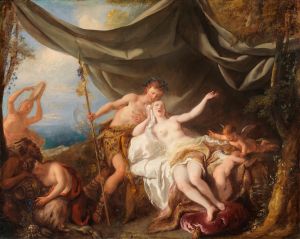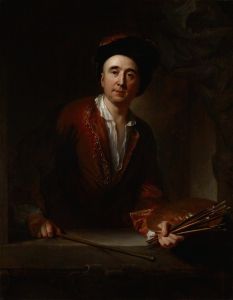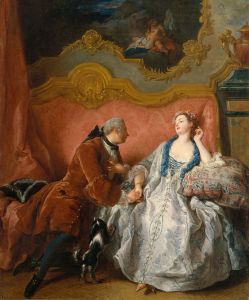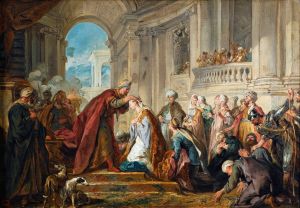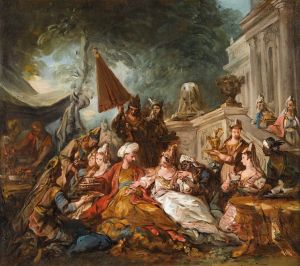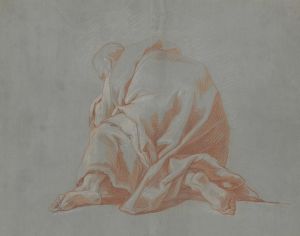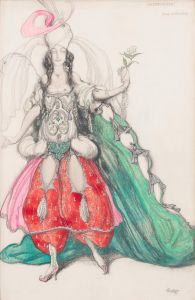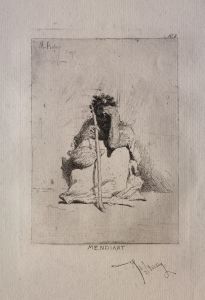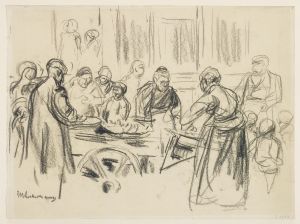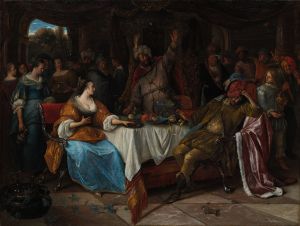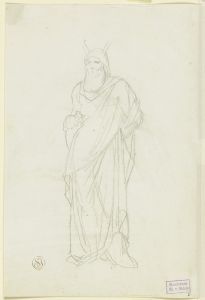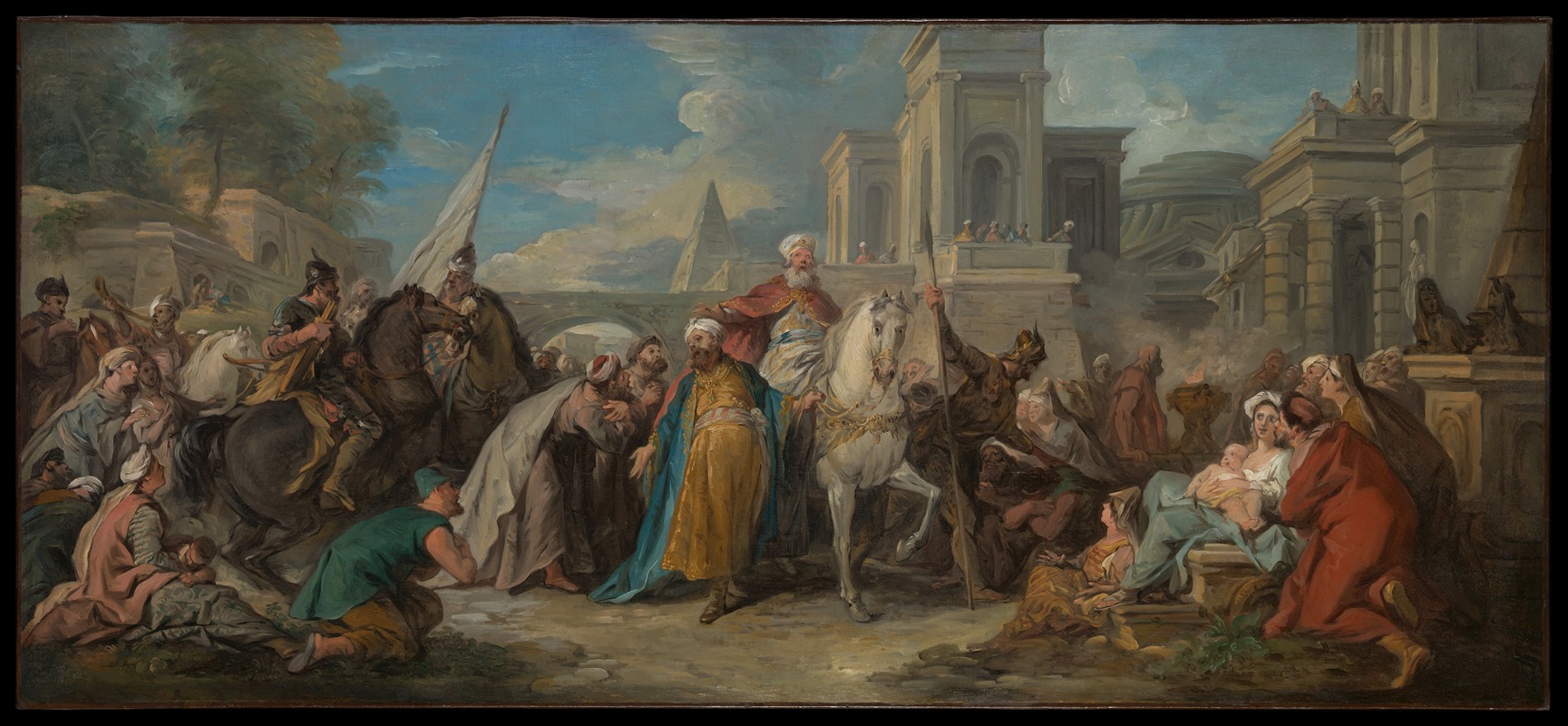
The Triumph of Mordecai
A hand-painted replica of Jean-François de Troy’s masterpiece The Triumph of Mordecai, meticulously crafted by professional artists to capture the true essence of the original. Each piece is created with museum-quality canvas and rare mineral pigments, carefully painted by experienced artists with delicate brushstrokes and rich, layered colors to perfectly recreate the texture of the original artwork. Unlike machine-printed reproductions, this hand-painted version brings the painting to life, infused with the artist’s emotions and skill in every stroke. Whether for personal collection or home decoration, it instantly elevates the artistic atmosphere of any space.
Jean-François de Troy's The Triumph of Mordecai is a Baroque painting created in 1736. De Troy, a French painter known for his historical and genre scenes, was a prominent artist of the 18th century. This particular work was commissioned as part of a series of paintings illustrating scenes from the biblical Book of Esther, a narrative from the Hebrew Bible. The series was created for the Gobelins Manufactory, a prestigious tapestry workshop in France, to serve as models for tapestries.
The painting depicts a key moment from the story of Esther, specifically the triumph of Mordecai, a Jewish figure who played a pivotal role in saving the Jewish people from a plot to annihilate them. In the scene, Mordecai is shown being honored by King Ahasuerus (Xerxes I) of Persia. According to the biblical account, Mordecai had previously uncovered a conspiracy to assassinate the king, and his loyalty was later rewarded. In the painting, Mordecai is portrayed riding on a royal horse, wearing the king's robes and crown, as he is led through the streets by Haman, the king's advisor who had plotted against him and the Jewish people. This moment symbolizes the reversal of fortune and divine justice, themes central to the story of Esther.
De Troy's composition reflects the grandeur and theatricality characteristic of the Baroque style. The figures are rendered with dynamic poses and expressive gestures, emphasizing the dramatic nature of the scene. The use of rich colors and intricate details enhances the opulence and ceremonial atmosphere of the event. The painting also demonstrates de Troy's skill in depicting textiles, architecture, and the interplay of light and shadow, which were hallmarks of his artistic approach.
The series of paintings, including The Triumph of Mordecai, was highly regarded and contributed to de Troy's reputation as a master of narrative art. The tapestries based on these works were produced by the Gobelins Manufactory and were intended for royal and aristocratic patrons, further solidifying the connection between art and power during the period.
Today, The Triumph of Mordecai is recognized as an important example of de Troy's work and of 18th-century French painting. The painting is housed in the Musée des Beaux-Arts in Rouen, France, where it continues to be appreciated for its historical and artistic significance.





